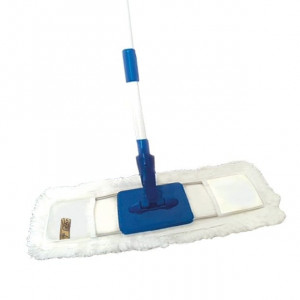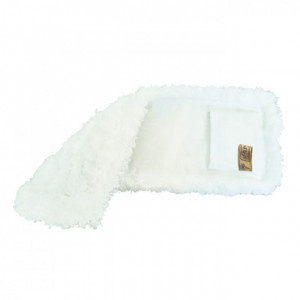| Nasaji Azarpak Parmis Farnad |


| No Title | 0.01 MB |
| Registration Date | 27 Oct 2020 |
| Revision Date | 27 Oct 2020 |
| Share |
Home Appliance Housecleaning
Mops CleanerStability of antibacterial activity after repeated washing Water absorption capability In single and double designs Polyester-containing nanoparticles According to national standard INSO 21145 and standard INSO11070 due to the use of nanotechnology and obtain of the permissible minimum requirements, the product "Anti-bacterial mop" falls into the field of nanotechnology. Antibacterial activity is an indicator of the ability of the product to eliminate the bacteria which are in contact with it, and is obtained from the logarithmic comparison of the number of bacteria present on the control sample and the produced sample after 24 hours of contact with the bacteria. According to the standard, when the anti-bacterial activity of the product is between 2 and 3, the term "effective" can be used, while if the antibacterial activity is greater than 3, it has a strong effect.
Mop is a T shaped tool for drying and removing water from very smooth surfaces, such as ceramic and stone surfaces. By adding nanoparticles to the microfiber used in the production of mop, the property of eliminating germs and bacteria on the surfaces is provided. It is capable of removing a large percentage of bacteria and fungi and removes dust and rinses the interior of contaminated areas such as hospitals, hotels, kindergarten, nursing homes and schools. Antimicrobial mop is made of very dense fibers and therefore very durable. These fibers are thin and can be useful in cleaning very fine pores. Removal of moisture and greasy contaminants is one of the most important antibacterial abilities that reduce the use of detergents and chemicals.